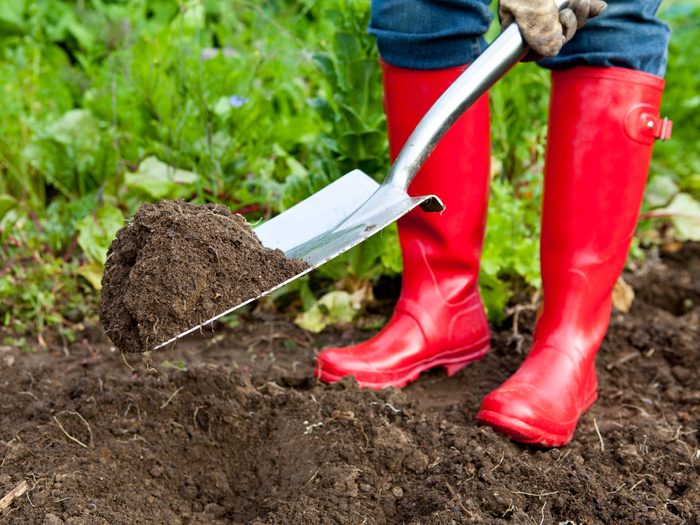
Growing Your Own Vegetables
You have dug up your garden plot, enriched it with organic material, and fertilized it. You have raked out the stones. Now you are ready to plant. Check your garden plan to see that rows run from east to west if this is practical; that tall plants will be on the northern and eastern sides of the plot; and that you have planned to grow early crops (lettuce, peas, spinach) as well as hot-weather vegetables (tomatoes, eggplant, peppers). Click through to learn more about setting up your vegetable garden.
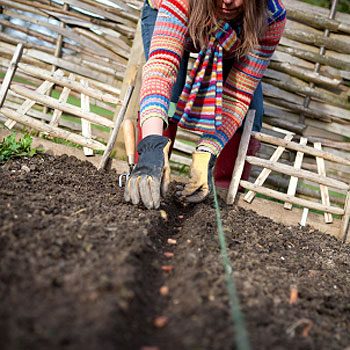
1. Sowing the Seeds
Mark your row with stakes at each end, and stretch a garden line between them. Make furrows, known as drills, barely 1 centimeter deep for small seeds, perhaps 2 centimeters deep for the larger ones. Scatter small seeds evenly and close together.
Larger seeds can be planted about 3 centimeters apart. Especially where soil tends to crust over, cover small seeds with a thin layer of potting mix, compost, or of soil mixed with sand or fine peat moss. Tamp down over the seeds and water gently. Mark the row with a plant label on which you have written – in indelible ink – the name of the vegetable, the variety, and the planting date.
Seeds must have continuously moist soil around them until they sprout. Check for moisture every day, and if the soil seems too dry, water it lightly. Do not overwater: soggy soil can cause the larger seeds to rot – the soil should be damp, but never waterlogged.
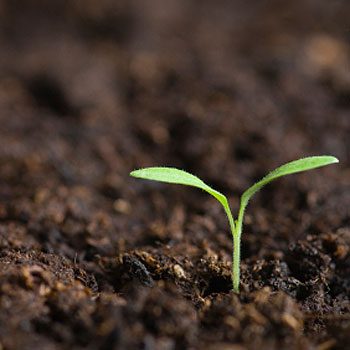
2. Thinning
For beginning gardeners especially, thinning can be a painful process. It seems wasteful to destroy perfectly good seedlings. But it must be done. If unthinned, radishes will not form bulbs. Carrots will not grow or will twist grotesquely. Lettuce will form puny heads.
You should begin thinning when the seedlings are 3-5 centimeters high. Do not try to thin out seedlings all at once. A thick row of leaf lettuce can be thinned at first by removing every other plant. You can remove more plants in later thinnings, when the lettuce will be large enough to eat. When thinning a thickly seeded row, pull each plant out carefully, lifting straight up, to avoid disturbing the roots of neighboring plants.
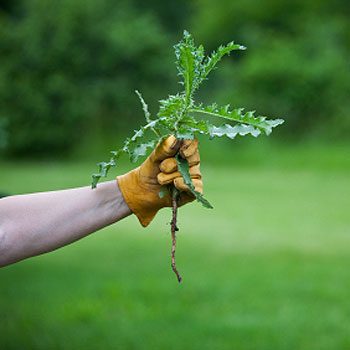
3. Weeding
Weeds compete with vegetables for whatever moisture and nutrients are available and will grow rampant in rich, well-cultivated soil. And if you allow weeds to grow undisturbed at the beginning, when you pull them up later, you may injure the roots of plants you want to keep.
Work out a weeding program, a once- or twice-weekly trip between your garden rows with a hoe. When weeds are small, you can simply scrape them away. But if you dig your hoe more than 1 or 2 centimeters into the ground, you run the risk of cutting into vegetable roots. Large weeds and those growing within the rows have to be pulled out by hand. Weed pulling is easier if the soil is moist; try to weed after a rainstorm, or schedule weedings for the day after waterings.
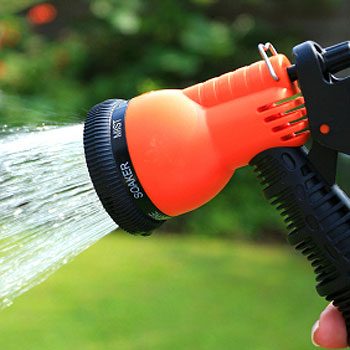
4. Watering
Plants need between 3 and 4 centimeters of water each week. During hot, rainless weather, or whenever the garden soil becomes powdery and dry, you will have to water your garden. Watering is particularly important for young plants with shallow roots. As plants grow larger, their roots thrust deeper into the soil, where moisture remains even when the surface soil is dry. Thorough, deep waterings are far more effective than brief, shallow ones.
A garden hose is a basic watering implement. Use an oscillating or rotary sprinkler for efficient use of water. Keep the droplet size as large as possible to reduce evaporation. Soaker hoses (perforated plastic tubes) laid with their holes down are an efficient way to water. The water soaks into the soil in a fan shape, soaking the root zone. Whatever you use, schedule your waterings for the morning or early afternoon, so that leaves can dry off before nightfall. Wet leaves are more susceptible to fungal diseases.
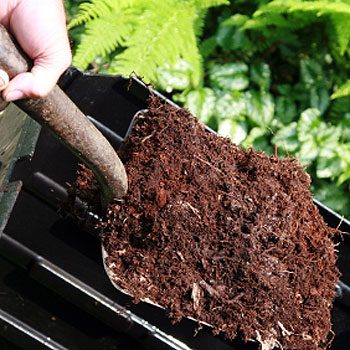
5. Mulching
A mulch is a soil cover composed, usually, of organic materials, such as leaves, hay, or grass clippings. Gardeners who use mulch do not have as much weeding to do and find that a layer of mulch around their plants helps to conserve moisture in the soil. It may also help to prevent the spread of various soil-borne diseases.
Some good mulching materials include hay, especially “spoiled hay,” which has already begun to decompose; grass clippings after they have begun to dry and turn gray; shredded or composted leaves; well-rotted manure mixed with straw; peat moss mixed with sawdust or wood chips (peat moss alone will pack down and dry, and water will not penetrate it).
When seedlings are about 10 centimeters high, spread a thick layer of mulching material among the plants and between the rows. As summer progresses and the mulch breaks down, add more. If you keep a perpetual cover of mulch on your garden, the soil will take longer to warm up and dry in spring than will unmulched soil. For early planting, therefore, push aside the mulch where you intend to make seed furrows, and wait for the ground to warm up and dry.